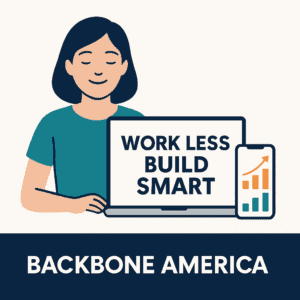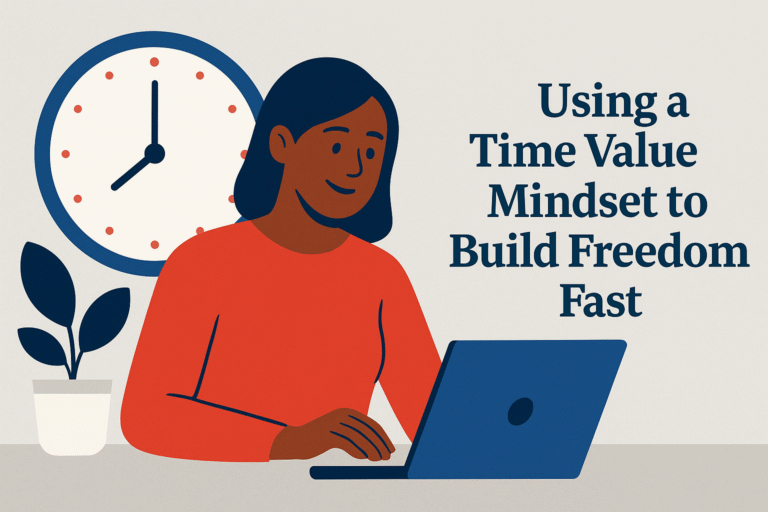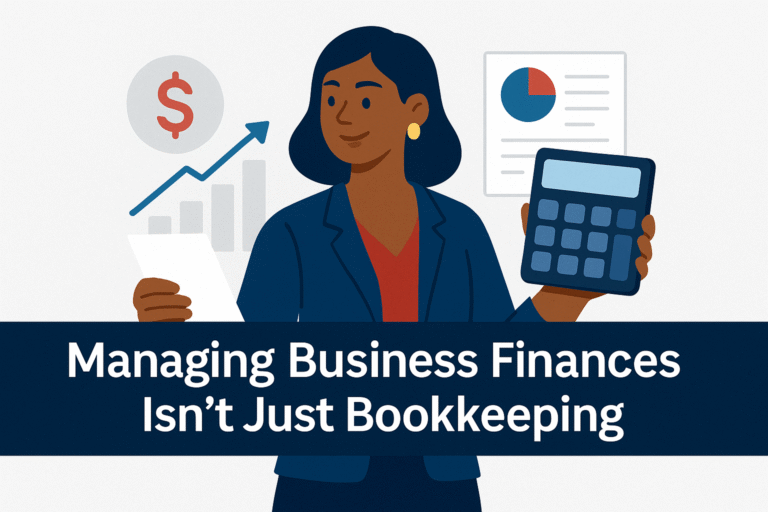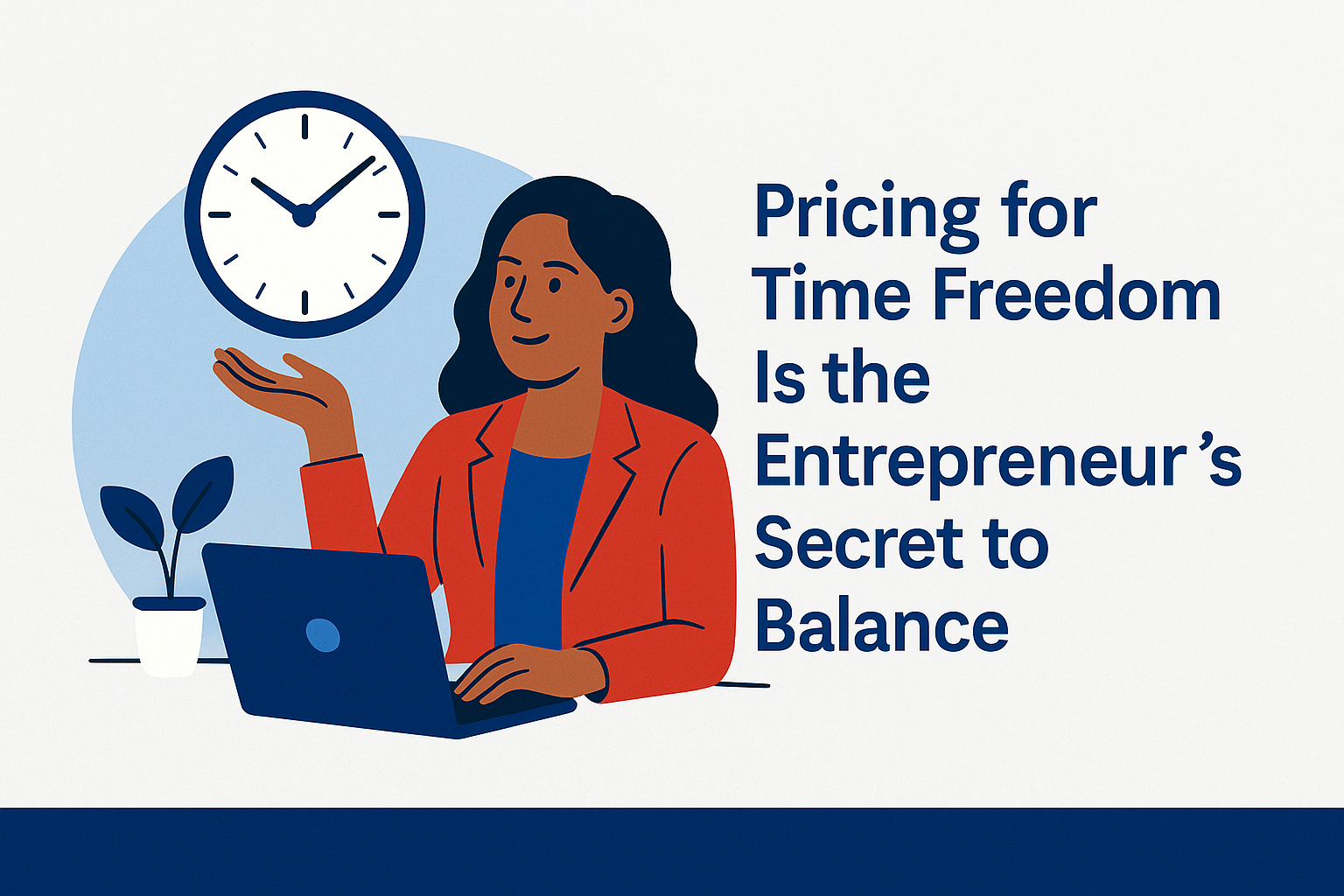Startup Saturdays
SOPs for Business success aren’t just for teams or tech startups. They’re for anyone—especially those of us building something bigger in the margins of a full-time job. When I first restarted Backbone America, I was working early mornings before clocking in, juggling side projects and system builds in two-hour sprints. I told myself I’d get organized “later.” But later never came. The truth? Every time I skipped documenting a repeatable task, I stole time from my future self.
If you’re trying to grow a business before or after work hours, you don’t need a 50-page playbook. You just need one clear, repeatable process at a time. That’s where SOPs for Business success come in—and they’re easier to start than you think.
Why Startups Avoid SOPs (and Why That’s a Mistake)

A lot of new founders think SOPs for business operations are only necessary once they have a team. But that’s backwards. SOPs are the very thing that can help you get to that point where you can grow—without burning out or bottlenecking your own progress.
Here’s what I’ve learned:
You don’t create SOPs because you’re overwhelmed.
You create them so you don’t become overwhelmed.
Whether you’re scheduling social content, onboarding a client, or delivering a digital product, every task you do more than once should eventually have a system. Not a rigid rulebook—just a clear path forward, so future-you isn’t starting from scratch every time.
What You Should Systematize First
If the phrase “SOPs for business” makes you picture a thick operations manual, let’s reset that image. SOPs aren’t just for big teams or government departments—they’re for anyone doing work more than once.
I actually started creating SOPs at my job. Whenever I had to learn something complicated for a project, I documented it. Not just for myself, but so anyone else in the IT department could reference it if they hit the same issue.
And it paid off. Over the years, I lost count of how many times I sent someone a link to a doc I wrote—no lengthy explanations needed. Just: here’s the process, follow it. Now, I treat my business the same way. SOPs for business systems aren’t optional—they’re survival tools.
When you’re trying to run a business in 2-hour blocks, you can’t afford to reinvent the wheel. Start with the stuff you repeat often: onboarding a client, updating a course, responding to leads, prepping a weekly newsletter. Capture the steps once and reuse them every time.
The goal isn’t perfect documentation—it’s creating clarity you can use.
Create SOPs in Just Minutes a Week

The trick isn’t carving out extra time. It’s documenting what you’re already doing.
Here’s how I keep it simple:
While working: I open a doc or note app and quickly list the steps as I go.
Right after finishing: If I forget to capture in the moment, I take five minutes afterward to jot it down while it’s fresh.
End-of-week cleanup: If I’ve repeated a task multiple times, I turn that into a quick SOP with a title, bullet points, and any helpful links.
No templates. No fancy formatting. Just a working document someone else could follow—and that I don’t have to keep remembering.
Over time, these SOPs for business operations build up quietly in the background. One process at a time. One five-minute note at a time. And before you know it, you’ve got a foundation you can grow on.
Tools I Use to Keep My SOPs Simple
I’m not worried about formatting or making things perfect. Most of my SOPs for business systems live in Zoho WorkDrive, Google Docs, or are embedded in whatever workspace I’m already using.
And lately? ChatGPT has made it even easier. I’ll use my rough notes in a prompt and ask it to create an SOP from them. Then I tweak it, save it, and move on. Done. This approach—lean, automated, and repeatable—is exactly what I teach inside my program: Work Less, Build Smart
If you’re ready to stop wasting time on things you’ve already figured out, this is where to start.
What Happens When You Don’t Have SOPs

Now? My SOPs for business operations keep me focused—and they help me vet other people too.
I use SOPs during the hiring process to filter candidates. Can they follow directions? Can they execute a task without hand-holding? If not, they’re not a fit. When I send an SOP to a contractor or applicant, I’m not just giving instructions—I’m testing for initiative, attention to detail, and whether they can work inside a system.
Not having SOPs doesn’t just cost you time—it can cost you quality, consistency, and trust. The more you rely on memory and improvisation, the more you risk mistakes. And in a solo business, mistakes still fall on your plate.
Why SOPs for Business Actually Set You Free
There’s this myth that SOPs box you in—that systems somehow kill creativity. But in my experience, it’s the opposite. SOPs for business entrepreneurs are what make freedom possible.
When you’re running a solo business—especially with limited time—you are the system. And that’s exhausting.
But when you start building even the simplest SOPs for business operations, everything shifts. You stop guessing. You stop redoing. You gain consistency, confidence, and capacity. And you free up mental space to focus on the parts of your business that actually move it forward.
These aren’t just systems for someday—they’re systems for right now.
Start Small—But Start Now
SOPs for business growth don’t have to be complicated. You don’t need a playbook or a project management app or a full day to get started. You just need a process you repeat and a place to write it down.
Because every documented task gives you back time. Every system you create makes the next decision easier. And every SOP you build now is one less thing your future self has to figure out.

Explore the Work Less, Build Smart program to learn how to automate and scale your work without burning out.
And if you’re just getting started, the 31-Day Business Startup Challenge walks you through the foundation step by step—with systems built in from day one.






